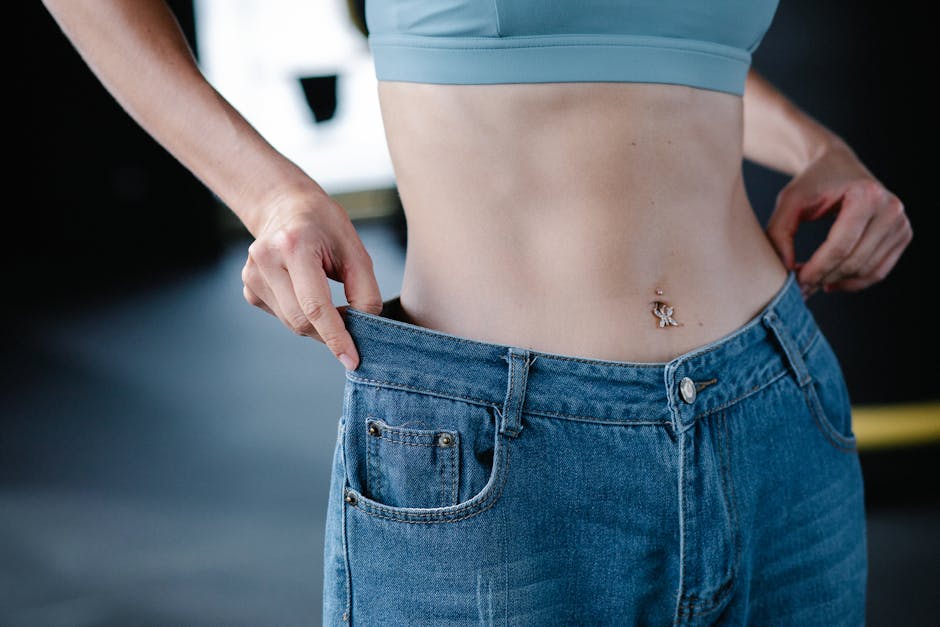The keto diet for fitness has become a popular topic among athletes and fitness enthusiasts looking to optimize performance and body composition through a low-carb, high-fat approach. As more people embrace the ketogenic lifestyle, understanding how this diet works, its impact on athletic performance, and what foods to include in a fitness keto plan is essential for anyone striving for optimal health and results.
What Is the Keto Diet and How Does It Work?
The ketogenic diet is a nutritional strategy that emphasizes very low carbohydrate intake (typically 5–10% of total calories), moderate protein, and high fat (60–80% of calories). By drastically reducing carbs, the body shifts from using glucose as its primary energy source to burning fat for fuel, producing molecules called ketones in the liver. This metabolic state, known as ketosis, is the foundation of the ketogenic lifestyle.
For athletes and active individuals, this shift means the body becomes more efficient at utilizing stored fat for energy, particularly during prolonged, steady-state activities. While traditional sports nutrition often relies on carbohydrates to fuel performance, the keto diet challenges this paradigm by training the body to tap into its abundant fat reserves. This adaptation can be especially beneficial for endurance athletes, as it may reduce the need for frequent carb refueling and help maintain stable energy levels during long workouts.
However, the adaptation process—often called “keto-adaptation”—can take several weeks, during which some people may experience fatigue or reduced performance before the body fully adjusts. Once adapted, many report more consistent energy and improved focus, although the effects on peak performance can vary depending on the sport and intensity.
The Keto Diet for Athletes: Benefits and Considerations
The application of the keto diet for athletes has produced mixed results in scientific research. Some endurance athletes have experienced enhanced fat oxidation and stable energy, with anecdotal reports of improved overall health and body composition. For instance, studies have shown that recreationally trained athletes on a ketogenic diet can see no decrement in sprint performance and, in some cases, improvements in body fat reduction. Endurance athletes who have fully adapted to ketosis may also find that they can perform well during long-distance events without frequent carbohydrate intake.
However, the evidence is less clear for elite athletes and those involved in high-intensity, explosive sports. Research indicates that, while some athletes maintain or even improve performance after keto-adaptation, others may experience reduced exercise economy and impaired results, particularly in activities requiring maximal effort or rapid bursts of energy. The increased oxygen cost of exercise on a ketogenic diet may also be a limiting factor for some individuals.
It’s important to recognize that the keto diet is not a one-size-fits-all solution. Factors such as sport type, training intensity, individual metabolism, and personal goals should all be considered when deciding whether a fitness keto plan is right for you. Consulting with a sports nutritionist or healthcare provider can help tailor the approach to your unique needs.
What to Eat on a Fitness Keto Plan
Building a successful fitness keto plan starts with choosing the right foods to support both ketosis and athletic performance. The focus should be on nutrient-dense, whole foods that provide ample healthy fats, moderate protein, and minimal carbohydrates. Here are the key food groups to include:
- Healthy Fats: Avocados, olive oil, coconut oil, nuts, seeds, and fatty fish (like salmon and sardines) are excellent sources of energy and essential fatty acids.
- Protein: Moderate amounts of high-quality protein from sources such as eggs, poultry, grass-fed beef, tofu, and tempeh help preserve muscle mass and support recovery.
- Low-Carb Vegetables: Leafy greens (spinach, kale), cruciferous vegetables (broccoli, cauliflower), zucchini, peppers, and asparagus provide fiber, vitamins, and minerals without excess carbs.
- Dairy (if tolerated): Full-fat cheese, Greek yogurt, and cream can fit into a keto plan while adding variety and nutrition.
- Hydration and Electrolytes: Staying hydrated and replenishing electrolytes is crucial on keto, especially for active individuals. Include sources of sodium, potassium, and magnesium, such as broth, leafy greens, and nuts.
It’s also important to avoid processed foods, added sugars, grains, and most starchy vegetables. Carbohydrate intake should generally remain below 50 grams per day, though athletes may experiment with slightly higher amounts around training sessions if needed.
Meal timing and macronutrient ratios can be adjusted based on training demands and individual response. Some athletes find success with targeted or cyclical keto approaches, where small amounts of carbs are consumed before or after workouts to support high-intensity performance without disrupting ketosis.
Is the Keto Diet Right for Your Fitness Goals?
Adopting the keto diet for fitness requires careful planning and self-awareness. While many individuals experience benefits such as reduced body fat, stable energy, and improved metabolic health, others may find the transition challenging or notice a decline in performance in certain sports. The key to success lies in monitoring your body’s response, adjusting your nutrition as needed, and seeking guidance from professionals experienced in ketogenic nutrition for athletes.
Ultimately, the keto diet is a powerful tool for some, but not all, fitness enthusiasts. Whether you’re aiming to enhance endurance, lose fat, or simply try a new approach to nutrition, understanding the science and practical aspects of the ketogenic lifestyle will help you make informed decisions for your health and performance.

